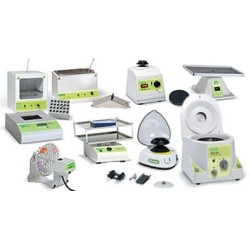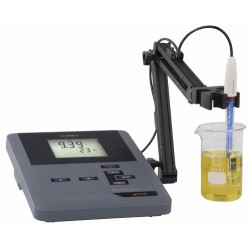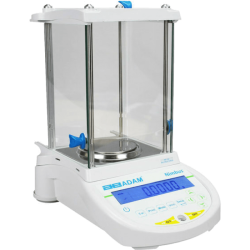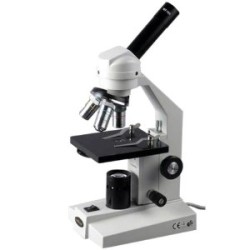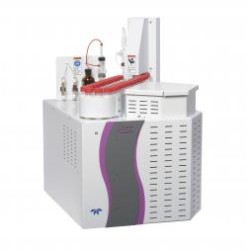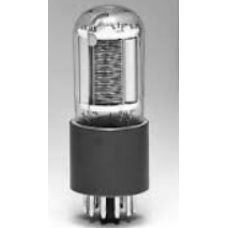Click Image for Gallery
PMT TUBES
A photo-multiplier tube (PMT) consists of a photo cathode followed by an electron multiplier. A single photon ejects an electron from the photo cathode.
Photomultiplier tubes (PMTs), also known as photo-multipliers, are remarkable devices. While a PMT was the first device to detect light at the single-photon level, invented more than 80 years ago, they are widely used to this day, particularly in biological and medical applications. Modern PMTs deliver low noise and low hitter detection over a wide dynamic range. However, they offer limited detection efficiency, especially for longer wavelengths. We discuss the physical mechanisms behind the photon detection in PMTs, the history of their development, and the key characteristics of PMTs in photon-counting mode.
Photomultiplier tubes (PMTs) have been used for many decades, and a wide variety are available commercially. Relatively few of these are optimized for UV wavelengths, but both transmissible and opaque photo cathode PMTs are available using fused silica or MgF2 windows with CsTe or CsI photo cathodes. Basically, two types of multiplication stages are used with UV PMTs. Circular-cage type dynodes are used for the opaque photo cathode PMTs, and fast linear focused dynodes are used for the transmissive photocathode PMTs. Neither has imaging capabilities. Circular-cage type PMTs have opaque photo cathodes deposited on the first dynode. Photoelectrons are then electrostatically focussed to a series (≈10) of uniquely shaped dynodes arranged in a compact circular fashion. This type of multiplier can have gains up to 107, with short pulse risetimes (1–2 ns). Fast linear focused PMTs with transmissible photo cathodes electrostatically focus the photo-electrons onto the first dynode, which is followed by a linear array of curved dynodes (≈10). Gains are typically in the range 105 to 5 × 106, and pulse rise times can be very short (<1 ns). Both types of multiplier can be used in DC mode up to currents of ≈0.1 mA, and can also be used for photon counting, although the pulse amplitude distribution typically has a peaked but wide distribution. Many applications details are available in the standard catalogs and PMT handbooks. Photomultiplier tubes (PMTs) are generally used as the photodetectors because of their fast response, high gain, and high signal-to-noise ratio. They are sensitive for detection of light in the UV, visible, and near-IR region of ∼200–900 nm. The selection of the specific PMT used is based on the spectral region of interest. The spectral response of the PMT must be considered to avoid spurious results. For the detection of longer wavelengths in the range 800–1800 nm, other detectors such as germanium or In GaAs photodiodes, etc., are required. Detection of CL by using photodetectors, e.g., silicon or germanium, placed in the vicinity of the sample is a simple way of mapping the integral CL without spectral analysis. Transmission CL (TCL) is such a technique described by Chin et al. (1981) where the detector is placed underneath the sample allowing for efficient collection and detection of the transmitted CL. Such placement also avoids problems such as charging of the detector and detection of backscattered electrons. The TCL signal can be amplified and imaged using the existing electronics used for backscatter electron imaging. Additional electronics are thus usually unnecessary. This makes TCL a simple and inexpensive, yet powerful, technique for CL imaging.
| PMT Tubes for all standard Instruments | #Code | Order Code | Price |
| LARK‘s line of photomultiplier tubes feature high sensitivity, a low dark current, good uniformity, high stability, and a fast response time. They can be used in several types of medical devices, including positron emission tomography (PET) scanners, gamma cameras, flow cytometers, and in instruments for in vitro diagnostics (fluorescence and luminescence assays). | #L9-141 | As per as the Order code | POR |
| PMT Tubes for all standard Instruments | #Code | Order Code | Price |
| LARK’s line of photomultiplier tubes feature high sensitivity, a low dark current, good uniformity, high stability, and a fast response time. They can be used in several types of medical devices, including positron emission tomography (PET) scanners, gamma cameras, flow cytometers, and in instruments for in vitro diagnostics (fluorescence and luminescence assays). | #L9-141 | As per as the Order code | POR |




